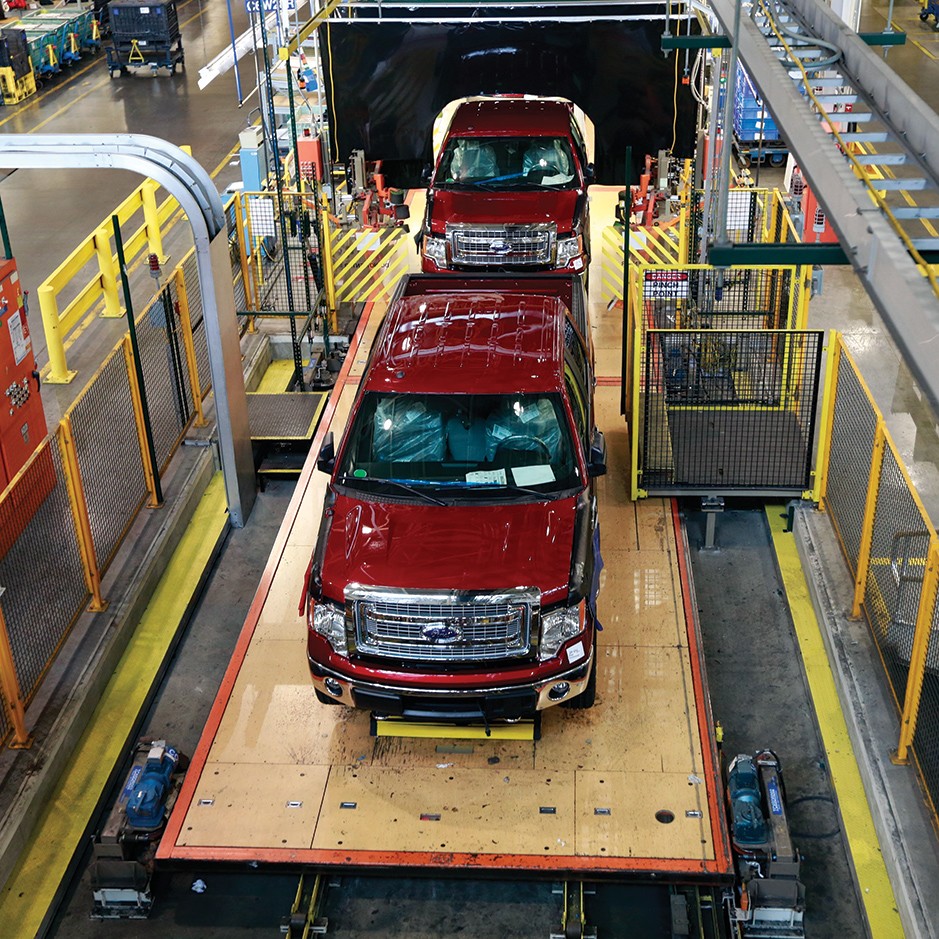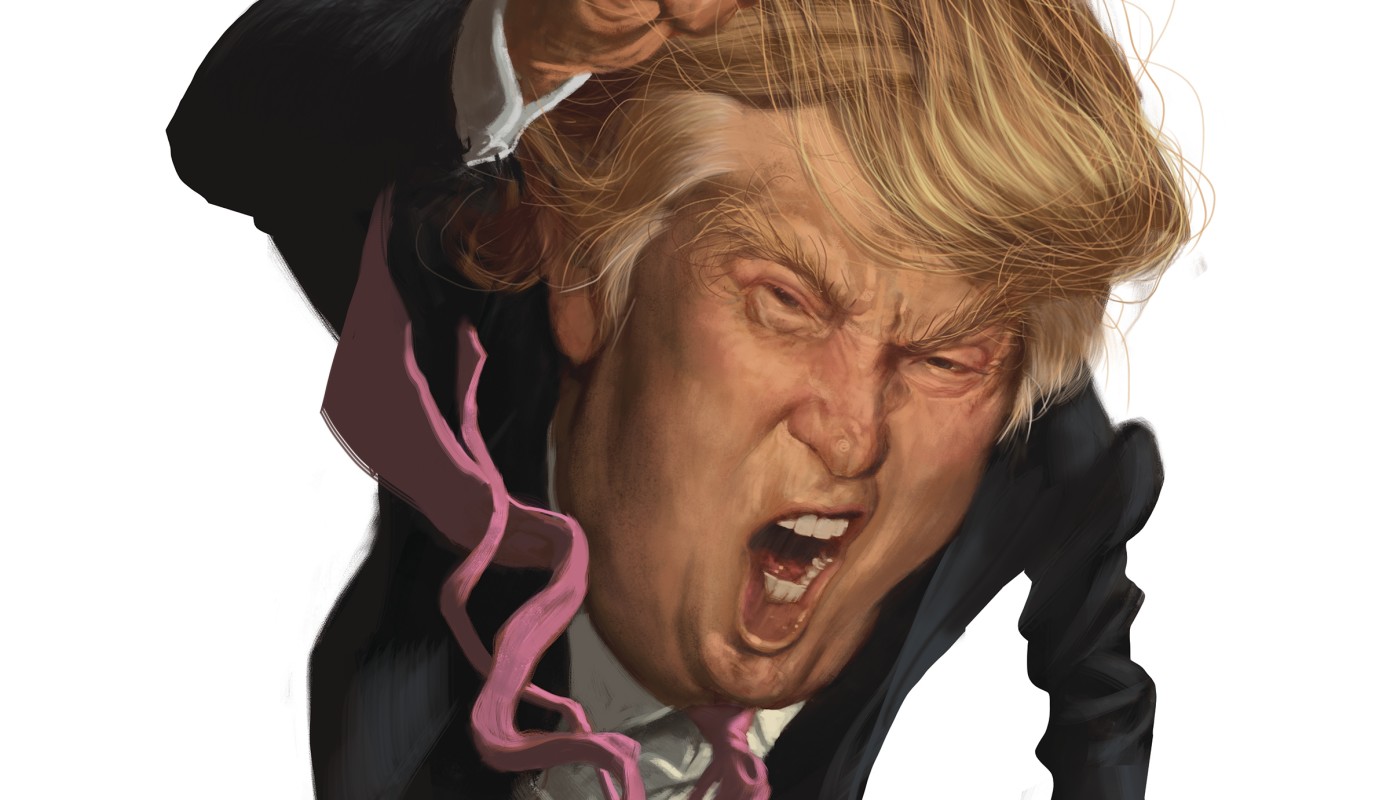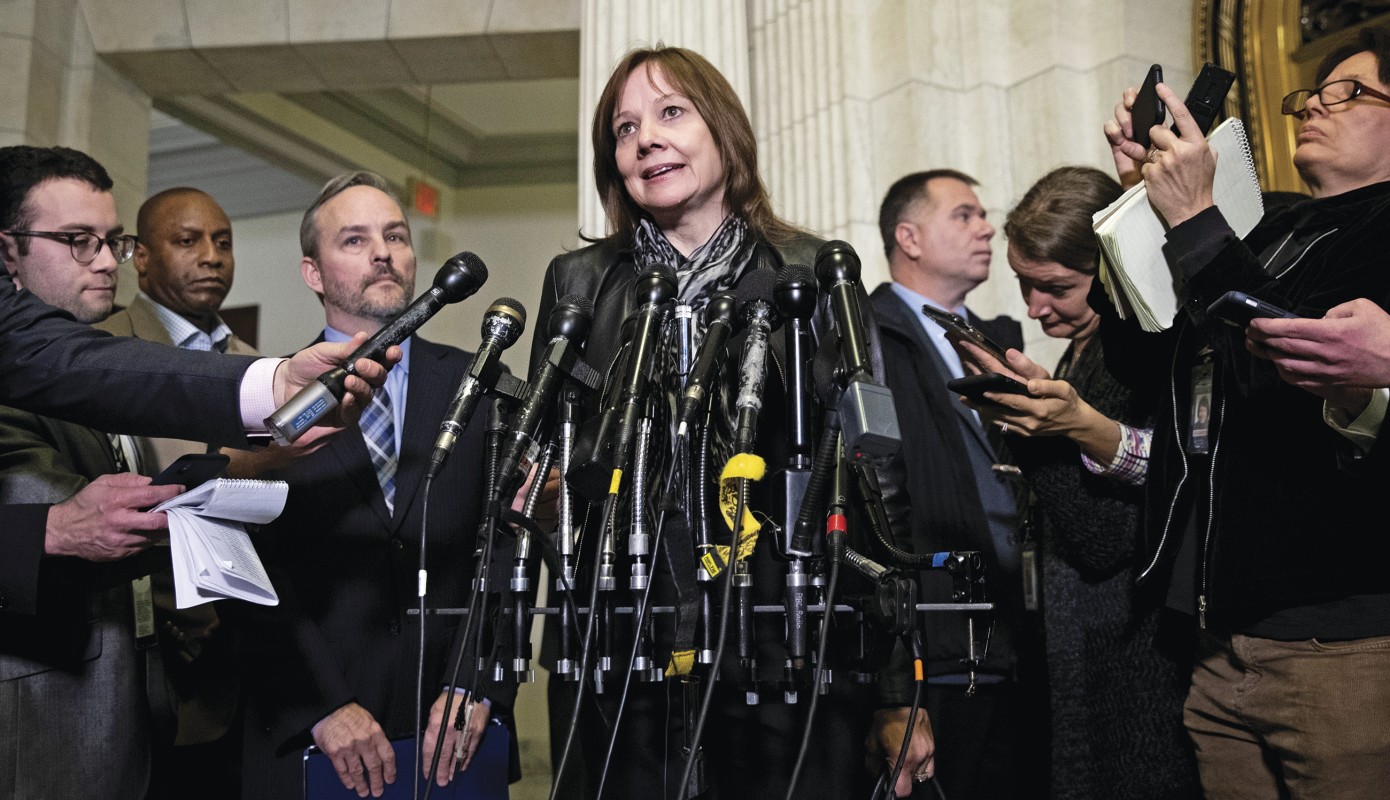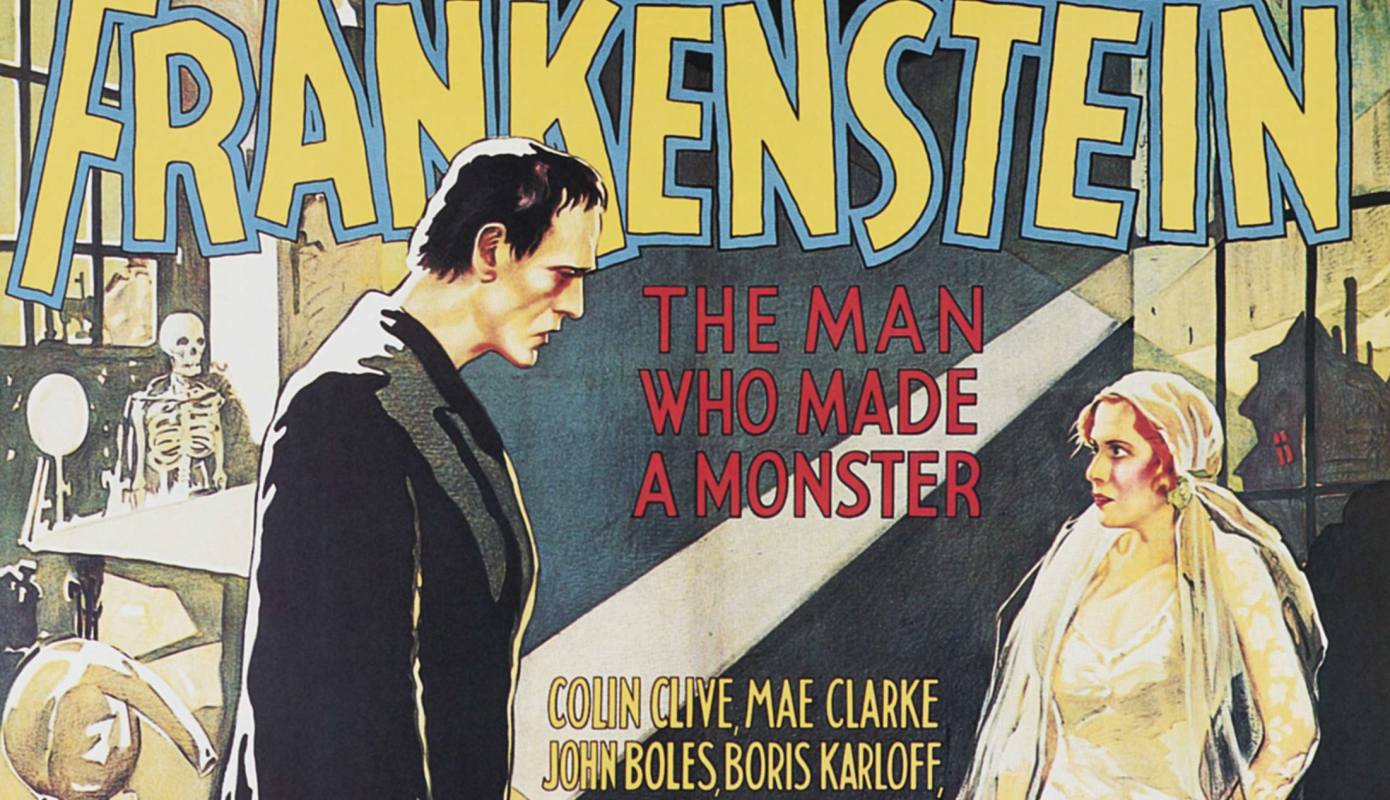Detroit
When President Donald Trump visited Michigan in mid-March, he came to remind executives about his automotive field of dreams.
In an airport hangar in Ypsilanti where, during World War II, they used to make bombers, the president pushed leaders of foreign and domestic automakers to build new factories in America, not merely expand existing plants. Trump vowed that in exchange he would continue easing regulations such as for fuel economy and would fulfill his campaign promise to cut taxes.
It’s the Trumpian version of "if you build it, he will come." But it is highly unlikely that automakers will be mowing down cornfields any time soon to construct new factories.
The problems are many. The highly cyclical auto industry last year set a U.S. sales record of 17.55 million vehicles. It was the seventh consecutive year of sales increases, a phenomenon not experienced since the modern industry was launched during the go-go 1920s.
"These cycles are fragile," said Michelle Krebs, a Detroit-based senior analyst for AutoTrader. Experts anticipate a slight decline in sales this year, but they were still taken aback when March sales were lower than expected.
There are other signs of a softening market. Foreign and U.S. automakers spent an estimated $3,511 per vehicle on sales "incentives" in March, a 13.4 percent increase from a year ago, according to ALG, a Santa Monica, California-based car valuation firm. General Motors has reduced shifts at three Michigan plants, meaning layoffs for most of the 3,200 affected employees, except those who land jobs at other facilities.
"Inventories have been rising over the past year, and so have incentives," Krebs said. "I think what you will see is more cutbacks in production."
The last thing auto executives facing cutbacks want to do is spend $1 billion or more to build what Trump called "modern plants like you're building in Mexico."
Seared into the minds of domestic auto leaders are the closings of 57 GM, Ford, and Chrysler assembly, stamping, and other plants from 2005 to 2012, including 2 from the GM-Toyota venture in California. The shutdowns resulted in the loss of nearly 161,000 jobs, according to the Center for Automotive Research in Ann Arbor, Michigan. GM and Chrysler went through bankruptcy reorganizations as part of the Obama administration bailouts, and Italy's Fiat bought Chrysler.
The "Detroit Three" automakers haven't built any U.S. assembly plants in a decade and there are no plans to construct any. The Detroit automakers have been expanding at existing factories. Ford plans to invest almost $2 billion in existing Michigan facilities in the next few years. The investments are expected to retain or add more than 4,000 jobs, many of them negotiated in the 2015 United Auto Workers contract.
"You build a plant . . . for the next 40 to 50 years, you need to keep feeding it capital," Kristin Dziczek of the Center for Automotive Research told the Detroit News. "We're fulfilling peak market demand with what we've got, and it's not a smart decision to go beyond that unless there's bigger market demand coming that no one sees."
The irony is that Trump's made-in-America factory vision may be partially fulfilled by foreign automakers. Chinese-owned Volvo Cars Ltd. is constructing a factory in South Carolina. Its sales increased 18 percent in 2016. South Korean automakers Hyundai Motor and Kia Motors say they are considering building new U.S. factories.
Still, the president is going to want a beautiful Detroit Three factory or two built as monuments to his vision. It was a big reason Trump threatened to slap a tariff as high as 35 percent on the cars and trucks they import from Mexico. No tariff exists now because of the North American Free Trade Agreement.
Trump's best bet for getting new domestic plants is to increase economic growth. And the top option for that is to pass meaningful tax reform. Trump wants to cut corporate and income tax rates. But the complexities of tax reform, coupled with the Republicans' inability to repeal and replace Barack Obama's Affordable Care Act, are threatening prospects for tax cut legislation this year.
Tax reform could help auto sales depending on how much it helps consumers. Krebs estimates that the United States could sell up to 20 million vehicles a year, or about 2.5 million more than are currently sold, because the adult population has grown by some 38 million since 2000, when the last big auto sales record—17.35 million cars and trucks—was set.
The problem is affordability, Krebs said. Prices of cars and trucks have risen, while the incomes and wages of middle-class and low-income Americans have stagnated. Sales of luxury and large vehicles have soared during the recovery because upper-income families haven't had trouble buying. But sales in the modest segments of sedans and smaller vehicles have languished. So it is important that any tax reform help middle-class and low-income earners, who typically purchase a smaller new car, often as first-time buyers.
There are limits to what Trump can achieve by jawboning. During the Ypsilanti roundtable, the president turned to Jim Lentz, chief executive of Toyota North America, and insisted, "You have to build plants here. I know I gave you a hard time, but you have to build them here."
"I understand," responded Lentz, whose firm says it didn't lay off a single American worker during the recession and has since hired 8,000 U.S. employees. "I understand."
But after the president left, Lentz said, "If you take today as a starting point, that may not be fair to all companies."
Richard Burr is an assistant city editor for politics and government at the Detroit News .







